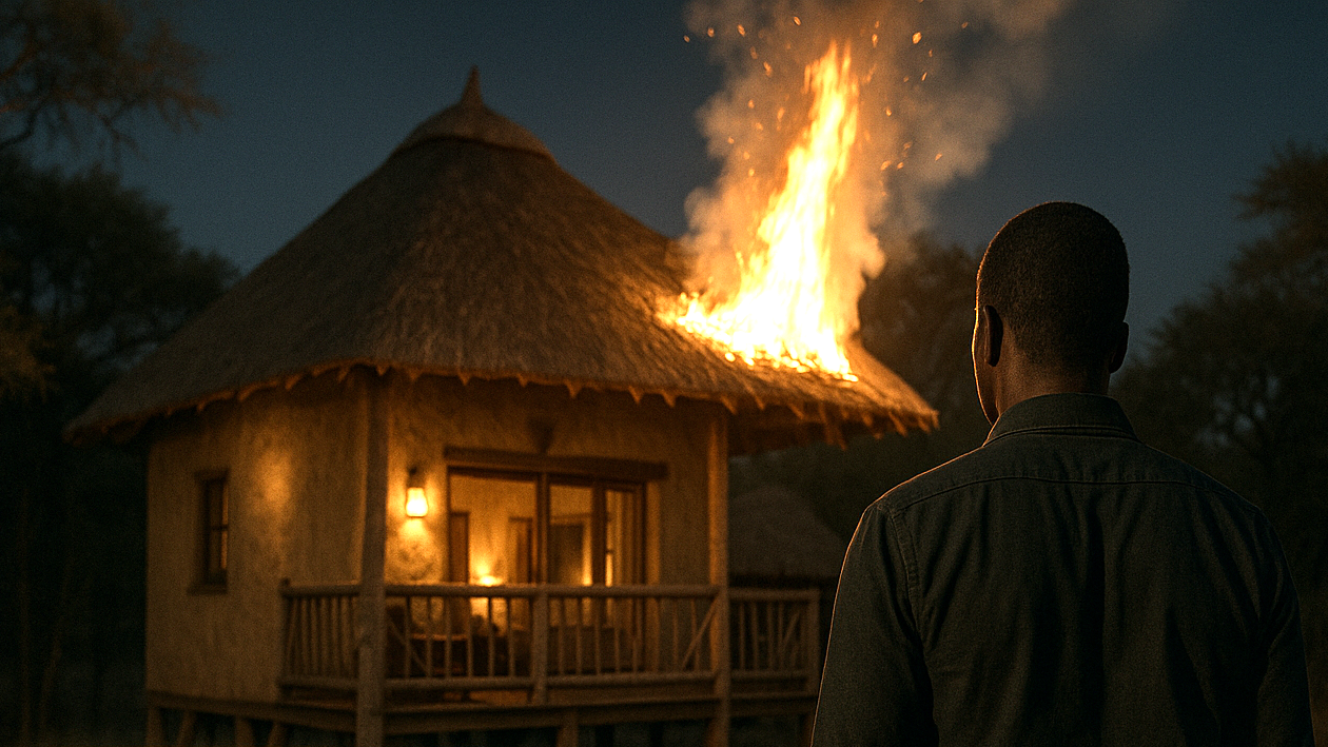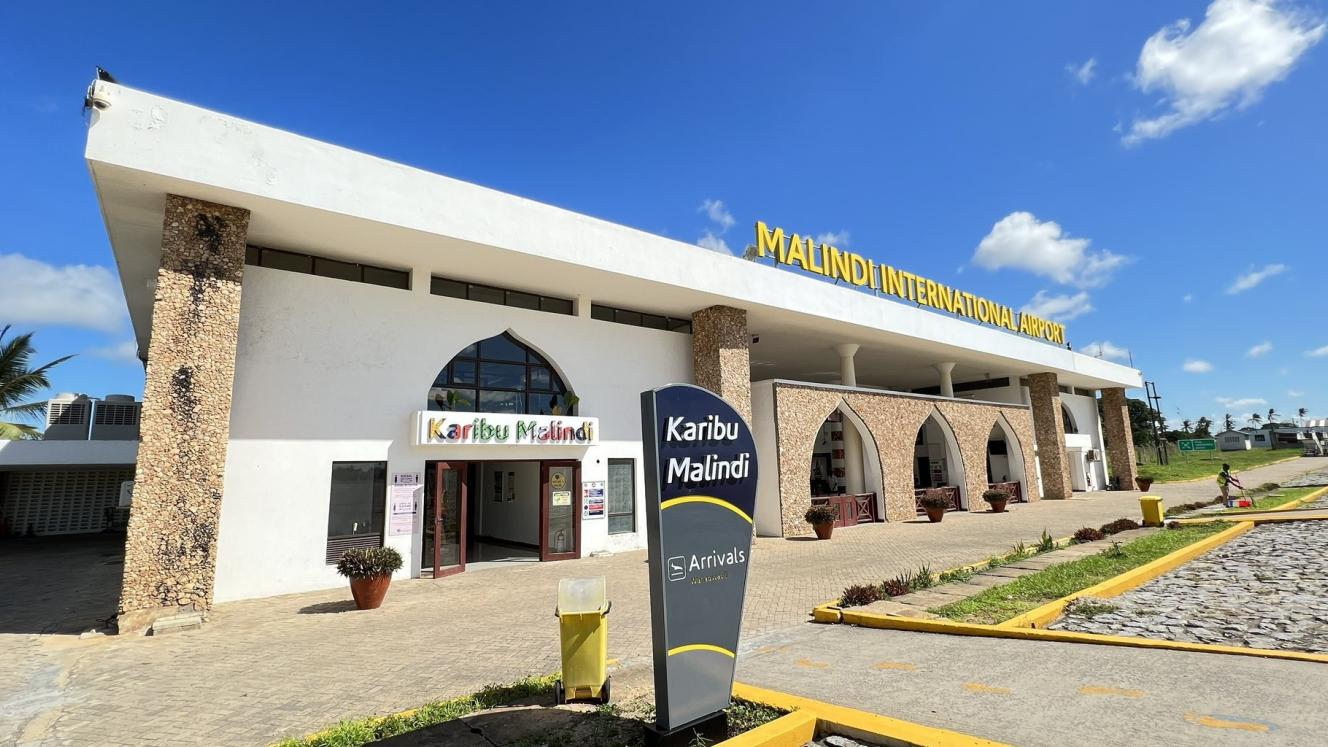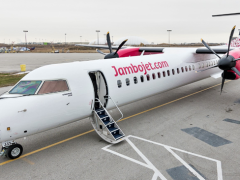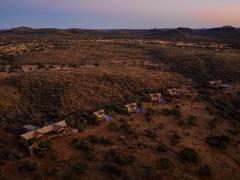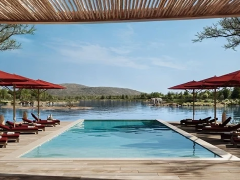South Africa’s tourism industry has never been short of challenges but 2025 is shaping up to be a watershed year for risk, according to SATIB Insurance Brokers.
The latest Santam Insurance Barometer highlights that increasingly frequent extreme weather events, infrastructure failures and new threats such as cybercrime (South Africa is now ranked third in this category globally) are posing unprecedented levels of risk.
South Africa is also considered the fifth most dangerous country globally on the Numbeo Crime Index – a reminder that security risks remain front of mind for operators and their guests.
“For those of us who work hand in hand with Africa’s tourism community, these are daily realities changing how we plan, invest and protect our businesses. As the barometer makes clear, the risks facing our sector aren’t just more frequent; they’re more complex and interconnected than ever before,” says Natasha Parry, GM of SATIB Insurance Brokers.
Key risks
Extreme weather events that were once regarded as “once-in-a-decade” phenomena, including major floods and fires, are now occurring three to four times per year in South Africa, Parry points out.
“The 2022 KwaZulu-Natal floods alone resulted in insured losses of up to R17 billion (US$961.5 million). This frequency shift changes everything about risk planning and recovery for tourism operators with assets spread across remote areas or reliant on critical infrastructure,” she says.
And with aging and poorly maintained infrastructure unable to withstand such events, the risks are further compounded. Santam found that the cost and frequency of large claims over R100 million (US$5.6 million) per event have dramatically increased as a result of power supply, water system and other infrastructural failures. Recently, Santam reported a 39% increase in the volume of power surge claims with the value of claims paid soaring by 48%.
Parry points out that, in response to larger and more frequent claims, insurance companies enforce higher premiums, stricter underwriting requirements, higher excesses on riskier assets and renewed focus on regular maintenance as a condition of cover.
A worrying number of tourism operators only discover that their sums insured haven’t kept up with inflation or replacement costs after an incident occurs, she adds.
Practical steps for resilience
Parry says, in this environment, resilience demands an active approach to risk management, adapted for each specific business.
SATIB advises operators and owners to:
- Review cover regularly: Schedule annual professional valuations and policy reviews to ensure your insurance keeps up with real-world replacement costs.
- Invest in loss prevention and maintenance: Well-documented maintenance routines reduce the likelihood of claims while influencing premium rates and claims outcomes.
- Adopt a risk-mitigation checklist: With risks becoming more interconnected, it pays to scenario-test your readiness from guest evacuation protocols to backup power solutions and digital security measures.
- Prioritise business interruption cover: The Santam Insurance Barometer shows that too few businesses rank business interruption as a top priority yet interruptions (whether from flood, fire or infrastructure failure) remain one of the greatest threats to operational continuity and cash flow.
- Partner with sector specialists – not commodity brokers: Choose advisers who understand insurance mechanics and the realities of running a tourism operation in Africa.
